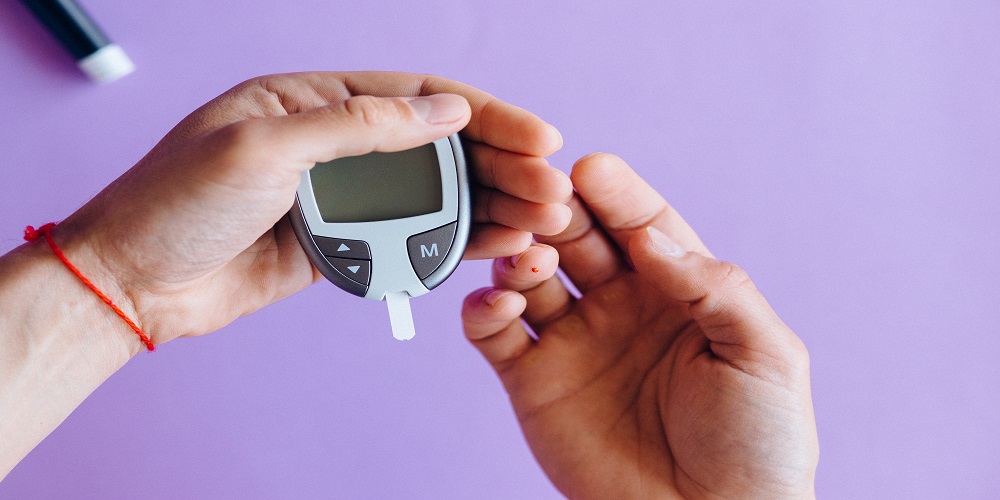Reducing The Risk Of Type 2 Diabetes: Lifestyle Changes That Can Help
Introduction
Type 2 diabetes is a chronic disease in which the body is unable to use insulin effectively to regulate blood sugar levels. This leads to high blood sugar levels, which can cause a range of complications such as heart disease, kidney damage, blindness, and nerve damage. Type 2 diabetes is the most common type of diabetes, accounting for around 90% of all diabetes cases. It affects millions of people around the world and is a major public health concern. The good news is that lifestyle changes can help reduce the risk of developing type 2 diabetes.

I. Maintaining a Healthy Weight
Obesity is one of the leading risk factors for type 2 diabetes. Excess body weight, particularly around the waist, increases the risk of insulin resistance and high blood sugar levels. Maintaining a healthy weight can significantly reduce the risk of developing the disease. To maintain a healthy weight, it is important to eat a balanced diet and engage in regular physical activity. Here are a few ways you can maintain a healthy weight:
- Eat a balanced diet
- Watch portion sizes
- Stay hydrated
- Get enough sleep
- Engage in regular physical activity
II. Eating a Balanced Diet
A balanced diet is essential for preventing type 2 diabetes. A healthy diet can help regulate blood sugar levels, improve insulin sensitivity, and reduce the risk of complications such as heart disease and kidney damage.
Foods to include:
- Fruits and vegetables: Fruits and vegetables are rich in fibre, vitamins, and minerals, and can help regulate blood sugar levels.
- Whole grains: Whole grains such as brown rice, quinoa, and whole-wheat bread are rich in fibre and can help regulate blood sugar levels.
- Lean proteins: Lean proteins such as chicken, fish, and tofu can help regulate blood sugar levels and reduce the risk of heart disease.
III. Quitting Smoking
Smoking is a risk factor for type 2 diabetes. Smoking can cause inflammation and damage to the cells that produce insulin, leading to insulin resistance and high blood sugar levels.
Quitting smoking can reduce the risk of developing type 2 diabetes by up to 50%.
IV. Engaging in Regular Physical Activity
Regular physical activity is essential for reducing the risk of type 2 diabetes. Exercise can improve insulin sensitivity, regulate blood sugar levels, and reduce the risk of complications such as heart disease and nerve damage. Here is a few tips for engaging in regular physical activity:
- Start slowly
- Find activities you enjoy
- Make it a habit
- Exercise with others.
V. Managing Stress
Stress can have a significant impact on blood sugar levels and insulin sensitivity. Chronic stress can cause the body to release hormones that increase blood sugar levels and contribute to insulin resistance. Managing stress can help regulate blood sugar levels and reduce the risk of developing type 2 diabetes.
Conclusion
Type 2 diabetes is a serious condition that affects millions of people around the world. However, the good news is that lifestyle changes can help reduce the risk of developing the disease. Maintaining a healthy weight, eating a balanced diet, quitting smoking, engaging in regular physical activity, and managing stress are all important for reducing the risk of type 2 diabetes. Talk to your doctor about developing a plan to maintain a healthy weight, eat a balanced diet, quit smoking, engage in regular physical activity, and manage stress. By making these lifestyle changes, you can significantly reduce your risk of developing type 2 diabetes and improve your overall health and well-being.